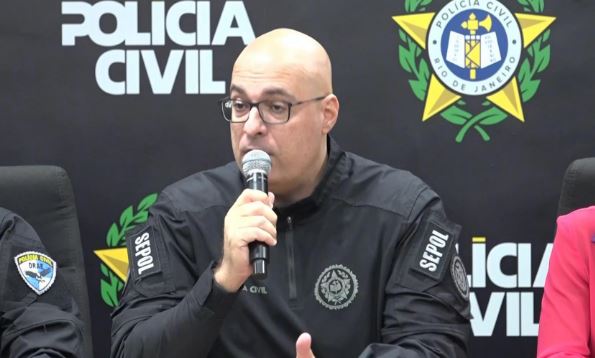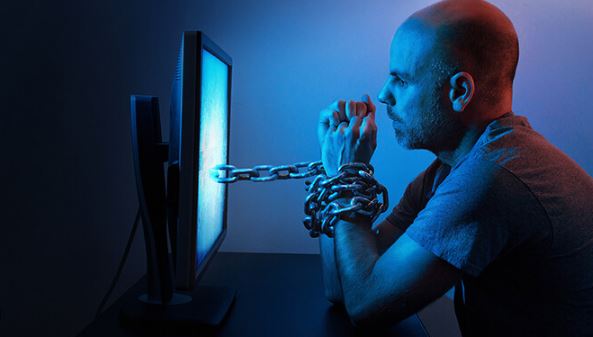A recent concert by Lady Gaga on Copacabana beach in Rio de Janeiro, Brazil, was the target of a foiled bomb threat, sparking international attention and concern over the growing presence of radicalized online groups. The plot, which was orchestrated through social media and sought to target children, adolescents and the LGBTQIA+ community, was discovered by the Rio de Janeiro Civil Police and the Ministry of Justice through a joint operation dubbed “Operation Fake Monster”.
According to the investigators, the suspects, that included a a 49-year old man named Luis de Silva and a teenager, were recruiting young people online to carry out an attack that would have involved detonating homemade bombs and Molotov cocktails hidden in backpacks. The group’s movements were identified through a phone call to a tip line. Authorities were then able to infiltrate the online platform where the attack was being planned.
The operation which involved 14 security agencies across the country, resulted in the arrest of several suspects and the seizure of computers, electronic equipment and further notes. The investigation is ongoing, with authorities analyzing the seized material to identify potential accomplices and prevent future attacks.

In a disturbing twist, one of the suspects, Luis da Silva, has been confirmed to be an individual who was departed from the US just a month before the incident. Da Silva allegedly planned to livestream the attack and detonate explosives near the stage during the event. According to Felipe Curi from Rio De Janeiro’s Civil Police, Da Silva claimed that Lady Gaga was a Satanist and that he intended to perform a Satanic ritual during the show involving the killing of a child. Brazil raised concerns about the way some deportations of its citizens were being handled, and later met with US officials to discuss the program.
The incident highlighted the growing concern of radicalized online groups, particularly among children and adolescents. Researchers have noted that these groups often gather on online gaming platforms and social media, where young people are vulnerable to extremist ideologies and violent content.

“It’s a phase in life when a person is trying to understand who they are and ends up getting closer to groups with which they identify” said Leticia Oliveira, a researcher involved in the monitoring of radical networks. “These groups are formed based on identification, and they are mainly made up of adolescents and young adults, but we have even found children involved”.
The use of social media to spread hate speech and recruit members is a key factor in the growth of these radicalized groups. “They start by consuming shocking content, which desensitizes these young people to the point where the content no longer generates any kind of emotional impact”, said Oliveira. “There is a direct connection with the subculture of ‘chans’, anonymous forums known worldwide, where threats, attack plans, and hate speech are normalized.”
The foiled bomb threat at the Lady Gaga concert is a stark reminder of the dangers posed by these radicalized online groups, even those who do not align to a prominent terrorist group or cause. As authorities continue to investigate and monitor these groups, it is essential to address the root causes of radicalization and provide support to young people who are vulnerable to extremist ideologies.
The success of “Operation Fake Monster” demonstrates the importance of cooperation between law enforcement agencies and the use of intelligence and prevention strategies to combat radicalization. As the investigation continues, it is clear that the threat posed by radicalized online groups is a growing concern that requires a comprehensive and coordinated response.

